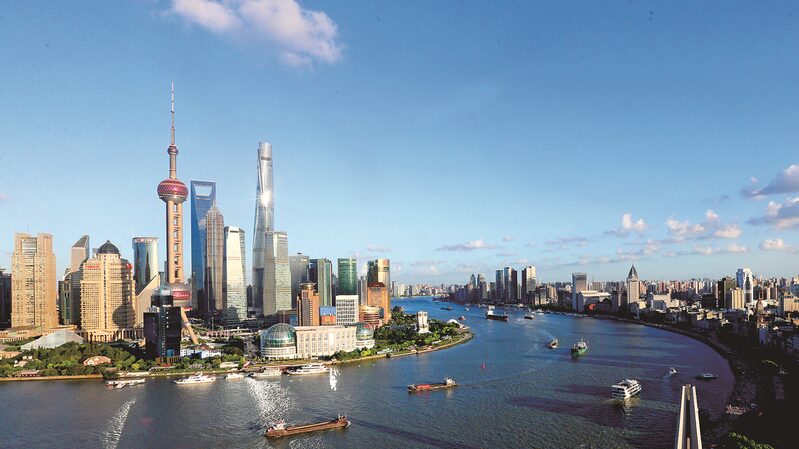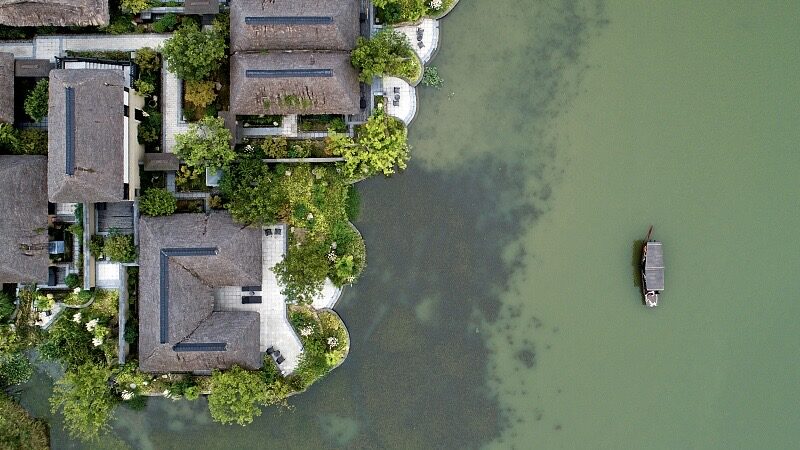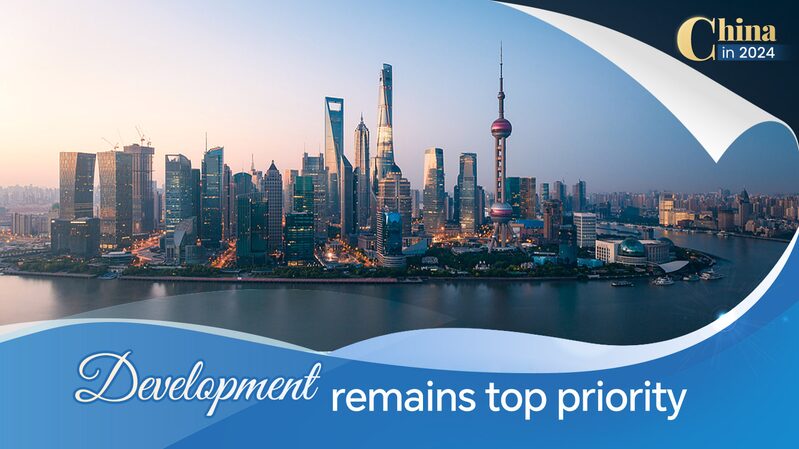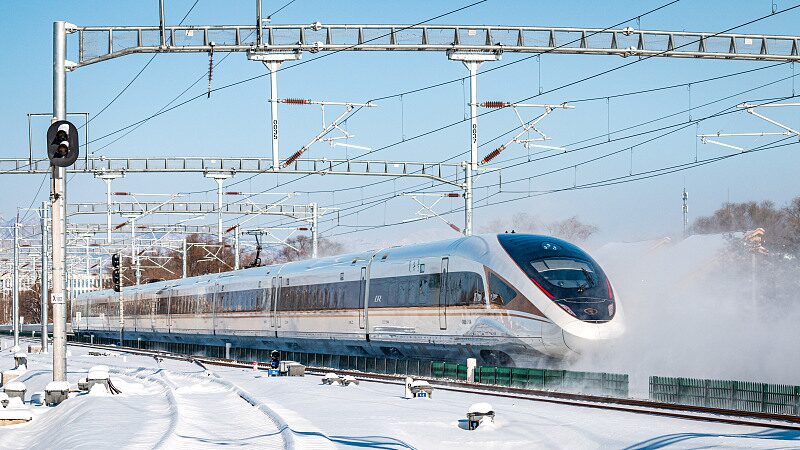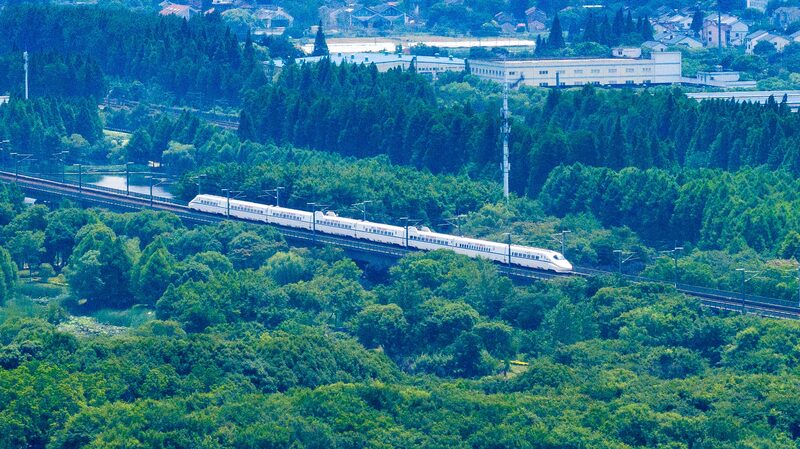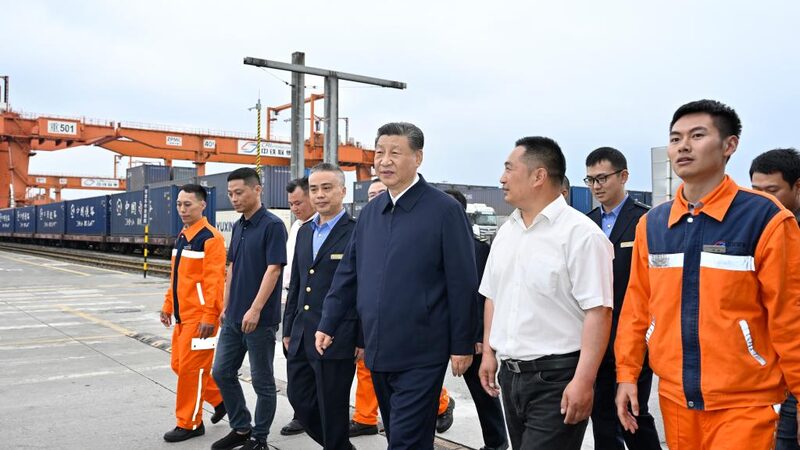The Yangtze River Delta (YRD) region is marking the fifth anniversary since its integrated development was elevated to a national strategy. In November 2018, during the first China International Import Expo, President Xi Jinping announced support for the region, highlighting its crucial role in China's economic landscape.
Encompassing Shanghai Municipality, Jiangsu Province, Zhejiang Province, and Anhui Province, the YRD covers just 4% of China's land area but contributes significantly to the national economy. By 2021, the region's total economic output reached 27.6 trillion yuan ($4.3 trillion), accounting for nearly one-fourth of China's GDP.
Emphasizing “integration” and “high quality” as key drivers, the YRD focuses on enhancing cross-regional collaboration in technological and industrial innovation. Sectors such as integrated circuits, biomedicine, new energy vehicles, and artificial intelligence have experienced substantial growth, underpinned by mature production processes and robust innovation dynamics.
In May 2021, the region's industrial and information technology departments signed a cooperation agreement to strengthen and enhance the industrial chain. This initiative aims to transition from basic integration to higher-quality development through collaborative efforts, including promoting technological self-reliance, joint research, establishing innovation platforms, fostering open cooperation, and sharing resources.
The YRD is also accelerating the improvement of institutional mechanisms by breaking down regional divisions and administrative barriers. Over 150 government services have become accessible across provincial boundaries, providing a solid framework for regional growth. Infrastructure connectivity has improved significantly, with the region leading in the length and density of high-speed railways and highways among urban clusters in China. According to the “Multi-level Rail Transit Plan for the Yangtze River Delta Region,” by 2025, the rail transit network is expected to exceed 22,000 kilometers, covering urban areas where over 80% of the population resides.
Furthermore, the region is actively promoting high-level collaborative openness. By enhancing the exchange of reform experiences, the YRD strives to become a strong engine facilitating China's economic circulation and a strategic hub connecting domestic and international markets. This includes facilitating the outward expansion of the region's production capacity, high-quality equipment, and applicable technologies and standards.
As the YRD continues to focus on integration and high-quality development, it is poised to play a pivotal role in China's economic future, driving innovation and fostering a globally competitive environment.
Reference(s):
cgtn.com
